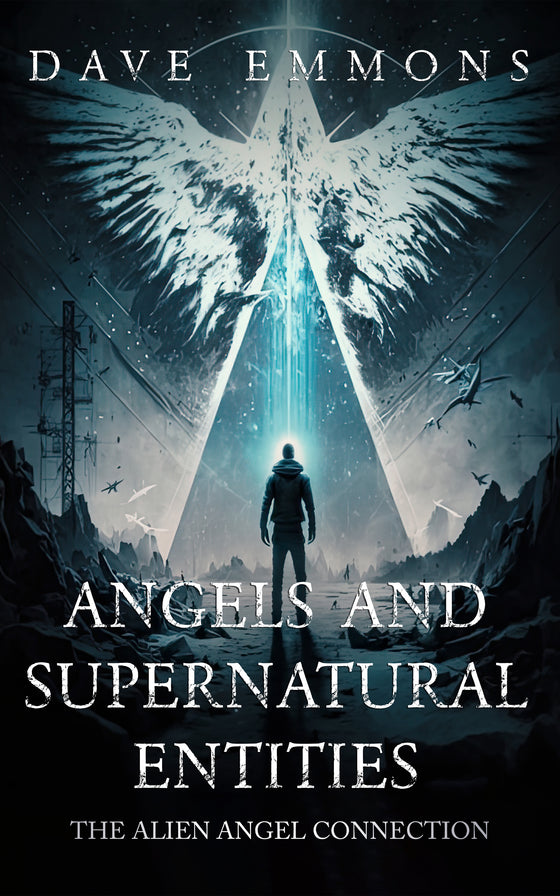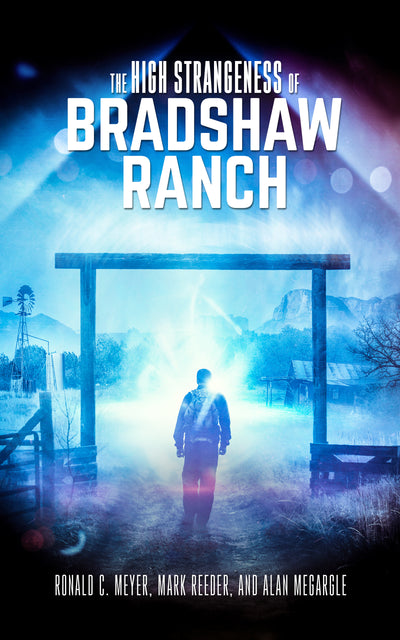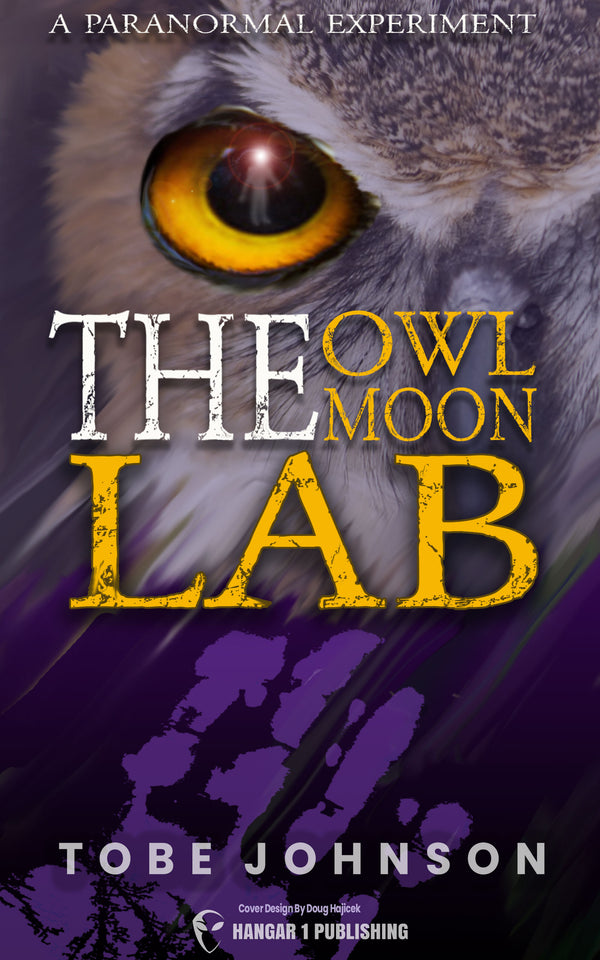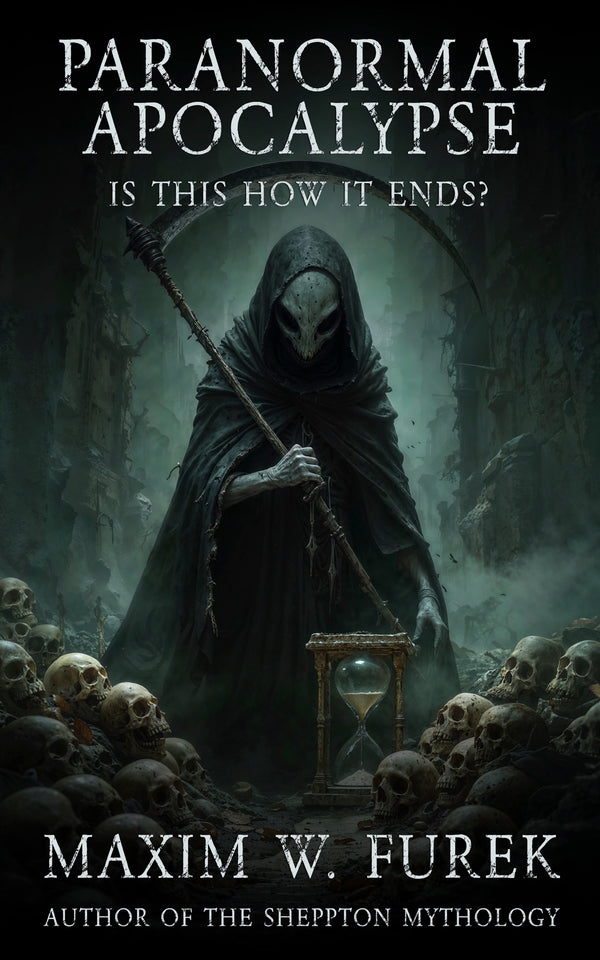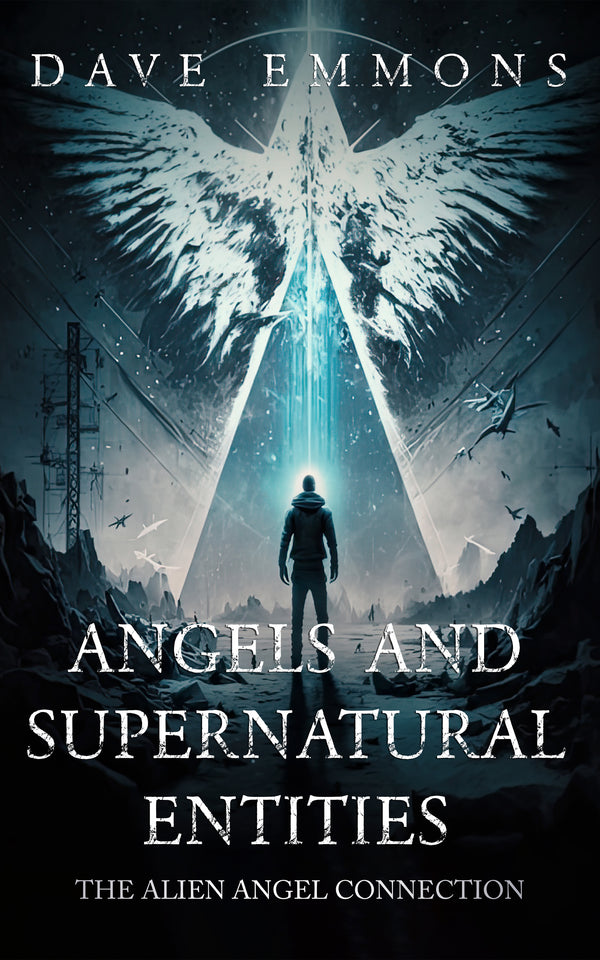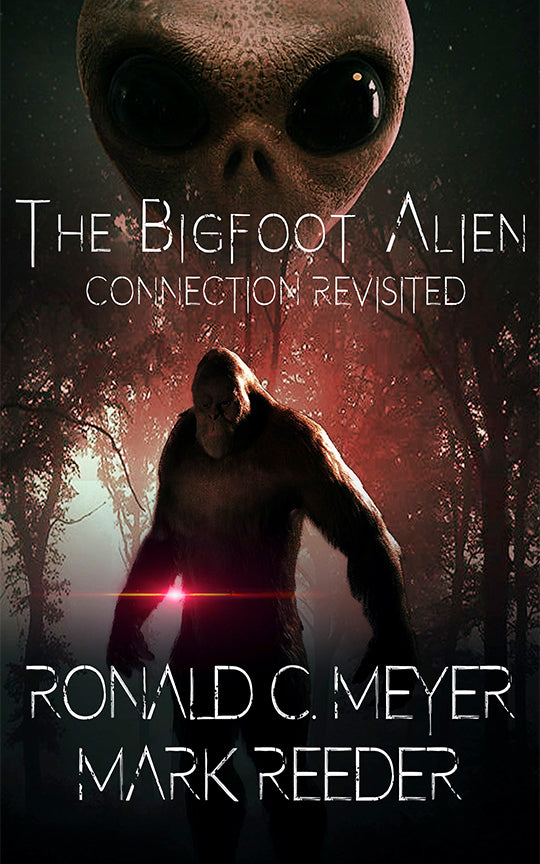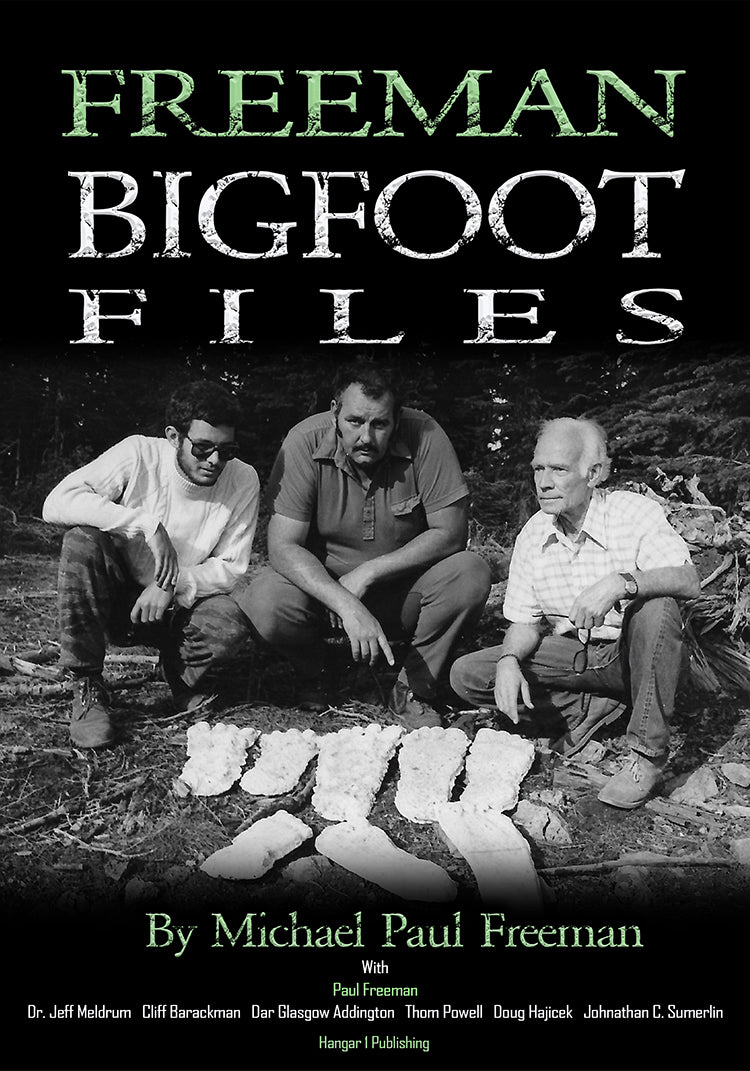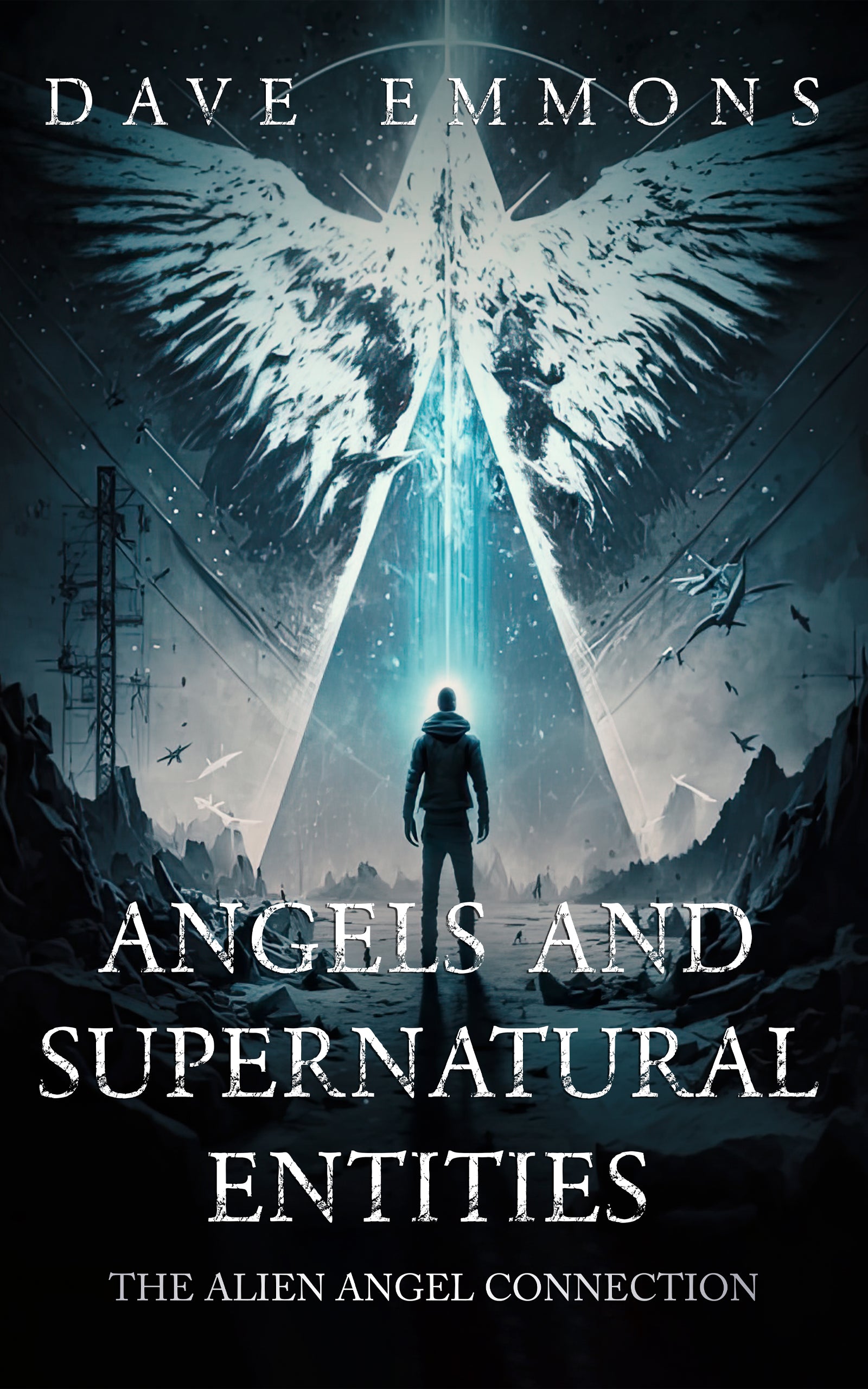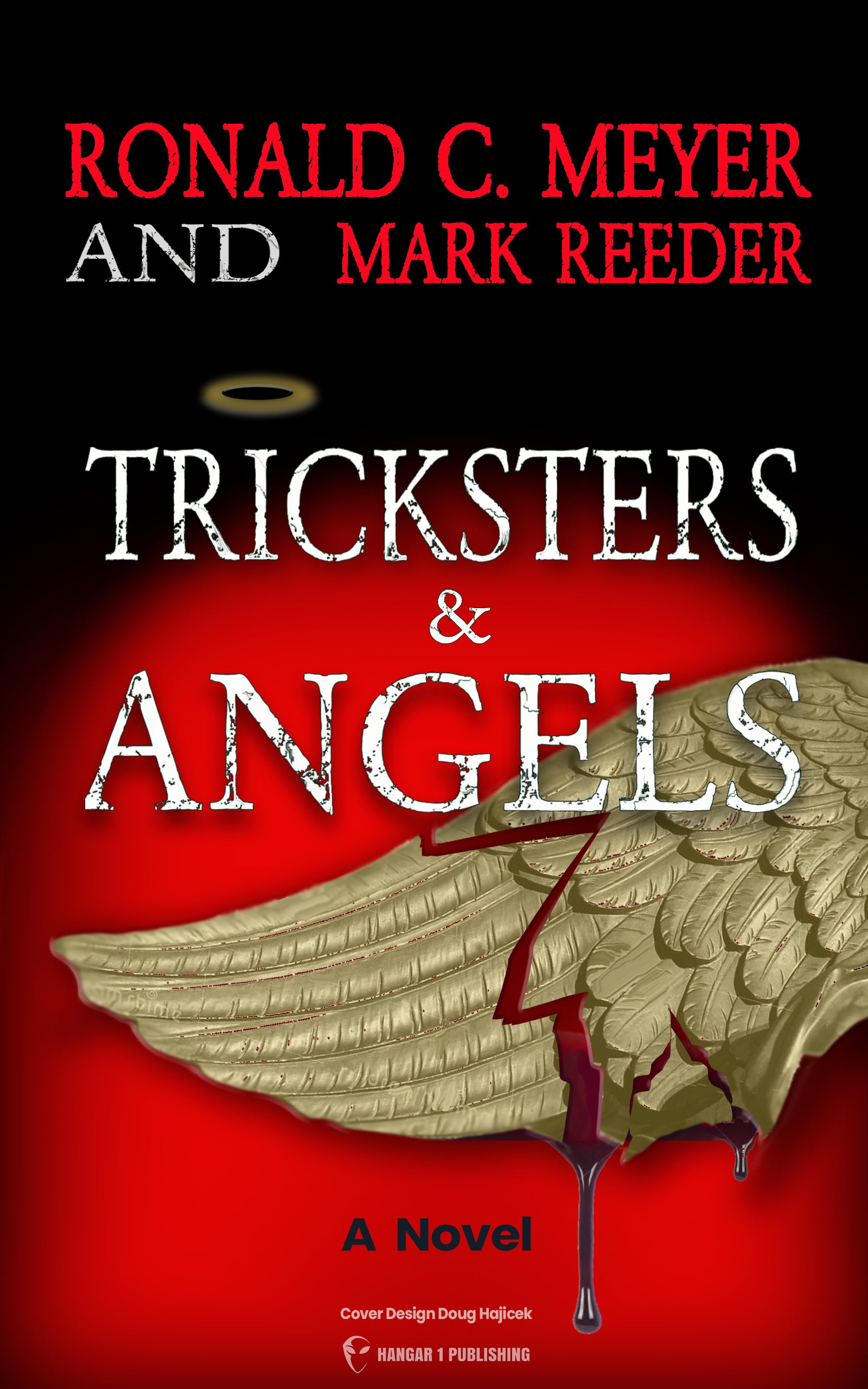Foo Fighter Pilot Testimonies: WWII Sky Mysteries

By Elaine Westfield, Ufologist
Picture this: It's December 1944. You're a young Allied pilot flying a night mission over the Rhine Valley. The cockpit is cold. Your hands grip the controls as you scan the darkness for enemy aircraft. Then, suddenly, something appears just off your wingtip – eight to ten glowing orange lights arranged in a row. They're moving with incredible speed, following your every turn. You radio ground control, but they show nothing on radar. As you turn toward the lights, they simply vanish.
What would you think? What would you report?
For hundreds of World War II pilots, this scenario wasn't hypothetical – it was a bewildering reality. These mysterious aerial phenomena became known as "Foo Fighters," a name as unusual as the objects themselves. Yet the story behind these sightings isn't just an obscure historical footnote. It represents one of the most well-documented mass sightings of unexplained aerial phenomena by military personnel, occurring years before the flying saucer craze captivated post-war America.
What makes these accounts so compelling isn't just their strangeness but the credibility of the witnesses. These weren't excitable civilians spotting lights in the night sky – they were combat pilots, navigators, and radar operators. Men trained to identify aircraft at a glance, to understand atmospheric conditions, to remain calm under extraordinary pressure. And what they reported seeing in the skies over Europe and the Pacific continues to resist conventional explanation more than 75 years later.
From Comic Strip to Cockpit: Naming the Unknown
The term "Foo Fighter" wasn't a military designation dreamed up in some Pentagon conference room. It sprang from the bewildered humor of the pilots themselves – specifically, Lieutenant Donald J. Meiers, a radar observer with the 415th Night Fighter Squadron.
During November 1944, after encountering strange lights in the sky near Strasbourg on the French-German border, Meiers reportedly slammed a copy of the popular "Smokey Stover" comic strip on his intelligence officer's desk during debriefing. "It was another one of those f***ing foo fighters!" he exclaimed, borrowing from the nonsensical catchphrase used by the comic's firefighter character who often declared "Where there's foo, there's fire!"
The nickname perfectly captured the absurdity of the situation. Here were trained military airmen, flying cutting-edge aircraft in a global war, confronted with something they couldn't identify or explain. "Foo" – a meaningless word – seemed as good a label as any for phenomena that defied understanding. Some have suggested the term also reflected military slang for things that were "FUBAR" – fouled up beyond all recognition.
The name quickly spread through the squadron and beyond. By January 1945, after Associated Press reporter Robert Wilson spent New Year's Eve with the 415th, "foo fighters" made front-page headlines across America. What began as pilots' slang had become part of the public consciousness, though few understood what these strange lights in the wartime skies actually were.
Witness Accounts from the Front Lines: What Pilots Reported Seeing
When you strip away the speculation and focus on what pilots actually reported, consistent patterns emerge in their descriptions of foo fighters.
Most commonly, they described glowing orbs or balls of light. "Red balls of fire which appear off our wing tips and fly along with us," was how Lieutenant Meiers described one variant. The colors varied – red, orange, and white were most frequently reported, though green lights appear in some accounts.
But the variety of shapes goes beyond simple balls of light. A Royal Air Force crew over northern Italy in November 1942 reported a massive torpedo-shaped object they estimated at 200-300 feet long with four pairs of red lights spaced along its body. Other accounts mention cylindrical objects with visible portholes, strange inverted "bathtub" shapes, and even large "blanket" forms in the sky.
The objects were seen singly or in groups, sometimes arranged in vertical rows or formations that one pilot compared to "a Christmas tree up in the air." They were observed at various altitudes and in different weather conditions, both day and night (though night sightings predominated).
Perhaps most remarkably, these sightings weren't isolated incidents. From the shores of the Solomon Islands, where Marines reported formations of 150 "roaring" silvery objects in August 1942, to the skies over Belgium, Germany, and Japan, the phenomenon was widespread geographically and temporally.
A British Hurricane pilot in December 1942 watched two lights shoot up from the ground to his 7,000-foot cruising altitude, initially mistaking them for tracer fire before they began following his aircraft, mimicking his evasive maneuvers. A Polish Wellington bomber crew in March 1942 encountered a bright copper-colored ball that approached their aircraft over the Ruhr Valley. The consistency across these independent accounts from different theaters of war is striking.
The Enigmatic Behavior: Why Conventional Explanations Fell Short for Pilots
If the appearance of foo fighters wasn't strange enough, their reported behavior truly defied explanation. This wasn't merely a matter of unidentified lights in the sky – it was their actions that convinced pilots they were encountering something truly extraordinary.
The most frequently reported and puzzling characteristic was their apparent intelligent control. These weren't just static lights or predictable natural phenomena – they actively responded to aircraft movements. Pilots described foo fighters that paralleled their course, matched their speed, and even reacted to evasive maneuvers.
"I turned to starboard and two balls of fire turned with me," reported one American pilot. "I turned to the port side and they turned with me. We were going 260 miles an hour and the balls were keeping up with us."
Another pilot reported diving at 360 miles per hour to escape a red foo fighter, only to have it zoom up into the sky after him. These objects displayed maneuverability that far exceeded the capabilities of any known aircraft of the era. They could instantly accelerate, stop, hover in place, climb, descend, and make tight turns at incredibly high speeds without any visible means of propulsion or control surfaces.
One RAF pilot over North Africa in 1943 reported firing his Hurricane's cannons at an orange-red glow that matched his every maneuver, but to no effect. This highlights another consistent aspect of foo fighter behavior: despite frequently appearing to follow or observe Allied aircraft, they never behaved aggressively. Not a single verified case exists of a foo fighter attacking or damaging an aircraft.
This lack of hostility puzzled pilots who initially suspected they might be encountering secret enemy weapons. Why would the Axis powers develop advanced aerial technology only to have it passively follow Allied aircraft without engaging? This question led many aircrews to discount the secret weapon theory, even during wartime when enemy technological surprises were a constant concern.
Perhaps most baffling to the pilots and ground controllers was the foo fighters' invisibility to radar. While visually obvious and sometimes alarmingly close to aircraft, they rarely registered on either airborne or ground-based radar systems. When pilots radioed reports of objects following them, radar operators would often respond with confusion: "Nobody up there but your own plane. Ain't seeing things, are you?"
Richard Ziebart, a historian for the 417th Night Fighter Squadron who heard many firsthand accounts, later speculated: "I think the foo fighters didn't show up on radar because they were plain light. Radar had to have a solid object."
This combination of characteristics – apparent intelligent control, extraordinary maneuverability, lack of hostility, and radar invisibility – left pilots struggling to make sense of what they were experiencing. The known aircraft, weapons, and natural phenomena of the era simply couldn't account for what they were seeing with their own eyes.
Beyond the American Experience: Global Sightings and Earlier Reports
While American pilots of the 415th Night Fighter Squadron may have given foo fighters their memorable name in late 1944, they were far from the first or only military personnel to encounter these phenomena. The true scope of the foo fighter mystery extends well beyond American experience and the commonly cited timeframe.
British Royal Air Force crews reported strange lights, luminous objects, and unusual "aeroforms" in the skies over Germany as early as March 1942, nearly three years before the term "foo fighter" gained popularity. These earlier accounts went by other names – "Kraut fireballs," "meteors," or simply "The Light" or "The Thing" – but described remarkably similar phenomena.
Even more significant to the mystery is the fact that German and Japanese pilots reported their own encounters with unexplained aerial phenomena during the war. This crucial detail effectively undermined the theory that foo fighters were secret Allied technology, just as their appearance to Allied pilots contradicted the idea they were Axis developments. Whatever was in the skies, it didn't seem to be taking sides in humanity's greatest conflict.
Senator Ted Stevens, who served as a U.S. Air Force fighter pilot in the European Theater, later described his own encounter: "I was flying and there was an object next to me. I couldn't get rid of it, I slowed up, it was there. I sped up, it was there. I would dive, it would be there. I called nothing on radar." His experience, recounted years after the war by Senator Harry Reid, echoed countless other pilots' reports of objects that tracked aircraft movements while remaining invisible to radar systems.
Polish aircrews serving with the RAF had their own harrowing encounters. One Wellington bomber crew in March 1942 found themselves pursued by a bright orange object as they returned from a raid on Essen. When their tail gunner opened fire, his tracer rounds seemed to enter the ball of light without emerging from the other side or causing any apparent damage. The object then moved to position itself off their wing, where the nose turret gunner also fired without effect. After being shot at from two positions, the object moved ahead of the bomber before finally speeding away at a 45-degree angle.
These global sightings across different timeframes and opposing military forces suggest something more complex than secret weapons testing or isolated hallucinations. Whatever foo fighters were, they were a worldwide phenomenon that predated the coining of their famous name by years.
The Pilot's Perspective: Fear, Professionalism, and Disagreement with Explanations
How did World War II aircrews actually feel about their encounters with these mysterious objects? Their reactions ranged from curiosity to genuine fear, often accompanied by professional concern about potential threats.
One pilot from the 415th described being "scared shitless" by his foo fighter encounter. An American night-fighter crewman was reportedly "terrified, as white as a ghost" after his experience in October 1944. "Something up there sure scared the hell out of him," a fellow airman noted. "He was nearly frantic when he got out of his aircraft."
Yet despite these unsettling experiences, the pilots maintained their professionalism. They reported their sightings through official channels and continued flying their dangerous missions. Richard Ziebart noted that the pilots of the 415th were "very professional. They gave the report, talked about the lights, but didn't speculate about them."
This professionalism extended to their skepticism of easy explanations. When scientists, officers, and armchair experts suggested the sightings might be hallucinations caused by combat fatigue, the pilots pushed back. These weren't inexperienced rookies but combat veterans who knew the difference between stress-induced visions and real observations confirmed by multiple crew members.
Natural phenomena like St. Elmo's fire (an electrical discharge that can appear around aircraft parts during certain atmospheric conditions) or ball lightning were similarly dismissed by many pilots. They pointed out that these phenomena don't match aircraft speed for extended periods, make intelligent-seeming movements, or appear in formations. As experienced flyers, many had seen genuine St. Elmo's fire and insisted that foo fighters were something entirely different.
"The scientists, I think, were trying to make themselves believe that we were seeing things," one pilot told a reporter. "You don't see the same thing over and over and over again unless it's really there."
This tension between official explanations and firsthand experience created a lasting frustration among many of the airmen who encountered foo fighters. They knew what they had seen, often had it confirmed by fellow crew members, yet found their observations reinterpreted or dismissed by those who hadn't shared their experience in the air.
The Official Response: Investigations and Inconclusive Findings
The mysterious objects appearing alongside military aircraft weren't ignored by higher authorities. Both during and after the war, various official investigations attempted to make sense of the foo fighter reports.
The Army Air Command sent officers to investigate the sightings, but their research was reportedly lost after the war ended. In December 1944, Supreme Headquarters Allied Expeditionary Force issued a press release describing the objects as a "new German weapon," reflecting the initial suspicion that foo fighters might be enemy technology.
As the war wound down and the German and Japanese technological arsenals were captured and examined, no evidence emerged of any device matching the foo fighters' reported capabilities. The mystery persisted into the post-war period as Cold War tensions began to rise.
In 1953, the CIA convened the Robertson Panel, named for physicist Howard P. Robertson of Caltech, to assess whether UFOs (including the wartime foo fighter accounts) posed a national security threat. The panel included distinguished scientists who examined various cases, including the World War II foo fighter reports.
They explored several potential explanations, including electrostatic phenomena, electromagnetic effects, and light reflections from ice crystals. Yet despite their scientific credentials, the Robertson Panel offered no definitive conclusion specifically regarding the foo fighters. The wartime mystery remained officially unexplained.
This lack of resolution wasn't for lack of interest-wartime authorities took the reports quite seriously, especially given the potential for new enemy weapons. But even with access to captured German and Japanese research facilities after the war, investigators found nothing that could explain what pilots had been reporting.
A 1945 memo from XII Tactical Air Command intelligence staff to the First Tactical Air Force summed up the situation with remarkable candor: "We have encountered a phenomenon which we cannot explain."
The Enduring Legacy: Foo Fighters and the Birth of the UFO Era
The significance of the foo fighter accounts extends far beyond their historical curiosity. These wartime sightings represent a crucial bridge between earlier, sporadic reports of strange aerial phenomena and the post-war explosion of UFO sightings and popular interest.
When private pilot Kenneth Arnold reported seeing nine crescent-shaped objects flying "like a saucer would if you skipped it across the water" near Mount Rainier in June 1947, the resulting media frenzy launched the modern UFO era. But Arnold's sighting didn't occur in a vacuum-it built upon the foundation of the widely reported sightings of foo fighters that had made newspaper headlines just two years earlier.
The connection between wartime foo fighters and post-war phenomena became even more intriguing when strange aerial objects began appearing over New Mexico shortly after the first atomic bomb test at Trinity Site in July 1945. These "green fireballs," investigated by noted astronomer and meteorite expert Dr. Lincoln La Paz, were described as having similar flight characteristics to the wartime foo fighters.
La Paz himself remarked that these objects defied conventional explanation, noting that normal fireballs (meteors) are rarely green, follow gravity-determined trajectories, and leave behind meteorites. The green fireballs did none of these things. A Project Twinkle memo to the Directorate of Intelligence in 1952 concluded that "the phenomenon existed and should be studied scientifically" and that "the continued occurrence of unexplained phenomena of this nature in the vicinity of classified installations is a cause for concern."
Some former military personnel who had witnessed foo fighters during the war later reported seeing similar phenomena in the post-war period, creating a continuity of observation that spanned both eras. This overlap of witnesses suggests a potential connection between the wartime and post-war sightings that has never been fully explored by official investigations.
The foo fighter accounts also established many of the patterns that would characterize later UFO reports: objects with extraordinary maneuverability, apparent intelligent control, radar evasion, and the tendency to appear in sensitive military areas. The primary difference was that the wartime encounters occurred before the concept of "flying saucers" or extraterrestrial visitation had entered the public consciousness as a potential explanation.
Potential Explanations and Lingering Questions from a Pilot's Perspective
What, then, might explain what these World War II pilots were seeing? The answers remain as elusive today as they were in 1944.
Natural phenomena like St. Elmo's fire and ball lightning continue to be suggested, but they fail to account for the reported intelligent control and complex movements. While ball lightning remains poorly understood even by modern science, its known characteristics don't match the extended duration, formation flying, and aircraft-matching speeds described in foo fighter reports.
The secret weapon theory, so plausible during wartime, collapsed under post-war investigation. Nothing in captured German or Japanese technology matched the capabilities pilots had reported. Some of the Axis powers' most advanced developments, like the German ME-163 Komet rocket-powered interceptor, were misidentified in some reports, but these conventional aircraft couldn't explain the majority of foo fighter sightings.
Psychological explanations face the challenge of explaining consistent reports across different crews, aircraft types, theaters of operation, and even opposing forces. While combat stress is real and can affect perception, the pattern and consistency of these sightings argues against pure hallucination as a comprehensive explanation.
More recently, scientists have explored whether atmospheric plasmas – the fourth state of matter distinct from solid, liquid, and gas – might explain some historical UFO sightings, including foo fighters. In 2023, researchers from several universities published findings suggesting that plasmas in the atmosphere might be drawn to the electromagnetic fields of aircraft and exhibit behaviors that could appear intelligently controlled.
These plasmas can grow, replicate, make contact with each other, and might even "feed" off electromagnetic radiation from aircraft. According to this theory, when pilots looked "end-on" through their exhaust trails, they might have seen the accumulated light from near-visible-flame reactions appearing as a glowing ball.
While intriguing, this explanation still struggles to account for all aspects of the reported behavior, particularly the formation flying and radar invisibility combined with visual prominence.
For the pilots who experienced them firsthand, foo fighters remain what they always were – a genuine mystery encountered in the dangerous skies of World War II. Their consistent testimony, recorded in official reports and personal accounts, continues to challenge our understanding of what was present in those wartime skies.
The objects they described demonstrated capabilities beyond any known aircraft of the era, appeared to operate under intelligent control, and were witnessed by military personnel specifically trained to accurately identify aerial phenomena. Yet despite multiple investigations spanning decades, no explanation has fully resolved what these combat pilots encountered while flying through history's largest aerial conflict.
Perhaps the most fitting summary comes from the pilots themselves. As one American airman put it: "They don't attack us. They just seem to follow us like will-o'-the-wisps." Like those mythical lights that lead travelers astray in folklore, the foo fighters of World War II continue to lead us into a mystery that remains unresolved more than three-quarters of a century later.
From Bigfoot to UFOs: Hangar 1 Publishing Has You Covered!
Explore Untold Stories: Venture into the world of UFOs, cryptids, Bigfoot, and beyond. Every story is a journey into the extraordinary.
Immersive Book Technology: Experience real videos, sights, and sounds within our books. Its not just reading; its an adventure.








